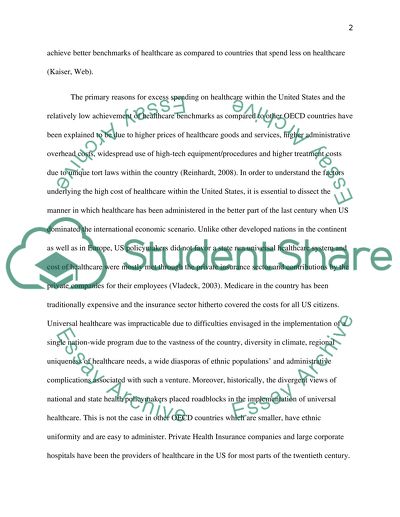Cite this document
(“Impact of Current Reforms on Healthcare Costs Research Paper”, n.d.)
Impact of Current Reforms on Healthcare Costs Research Paper. Retrieved from https://studentshare.org/health-sciences-medicine/1434971-health-care-costs
Impact of Current Reforms on Healthcare Costs Research Paper. Retrieved from https://studentshare.org/health-sciences-medicine/1434971-health-care-costs
(Impact of Current Reforms on Healthcare Costs Research Paper)
Impact of Current Reforms on Healthcare Costs Research Paper. https://studentshare.org/health-sciences-medicine/1434971-health-care-costs.
Impact of Current Reforms on Healthcare Costs Research Paper. https://studentshare.org/health-sciences-medicine/1434971-health-care-costs.
“Impact of Current Reforms on Healthcare Costs Research Paper”, n.d. https://studentshare.org/health-sciences-medicine/1434971-health-care-costs.


